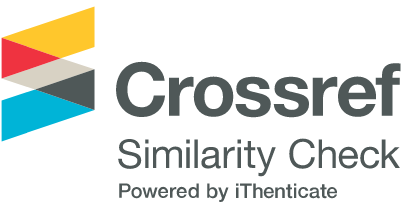Mutagenicity and DNA Damage of Bisphenol A and Its Structural Analogues in HepG2 Cells
DOI:
https://doi.org/10.2478/10004-1254-64-2013-2319Keywords:
Ames test, bisphenols, comet assay, genotoxicity, mutagenicityAbstract
Environmental oestrogen bisphenol A (BPA) and its analogues are widespread in our living environment. Because their production and use are increasing, exposure of humans to bisphenols is becoming a significant issue. We evaluated the mutagenic and genotoxic potential of eight BPA structural analogues (BPF, BPAF, BPZ, BPS, DMBPA, DMBPS, BP-1, and BP-2) using the Ames and comet assay, respectively. None of the tested bisphenols showed a mutagenic effect in Salmonella typhimurium strains TA98 and TA100 in either the presence or absence of external S9-mediated metabolic activation (Aroclor 1254-induced male rat liver). Potential genotoxicity of bisphenols was determined in the human hepatoma cell line (HepG2) at non-cytotoxic concentrations (0.1 µmol L-1 to 10 µmol L-1) after 4-hour and 24-hour exposure. In the comet assay, BPA and its analogue BPS induced significant DNA damage only after the 24-hour exposure, while analogues DMBPS, BP-1, and BP-2 induced a transient increase in DNA strand breaks observed only after the 4-hour exposure. BPF, BPAF, BPZ, and DMBPA did not induce DNA damage.Downloads
Published
10.06.2013
Issue
Section
Scientific Paper
How to Cite
1.
Fic A, Žegura B, Sollner Dolenc M, Filipič M, Peterlin Mašič L. Mutagenicity and DNA Damage of Bisphenol A and Its Structural Analogues in HepG2 Cells. Arh Hig Rada Toksikol [Internet]. 2013 Jun. 10 [cited 2025 Dec. 14];64(2). Available from: https://arhiv.imi.hr/index.php/arhiv/article/view/62














